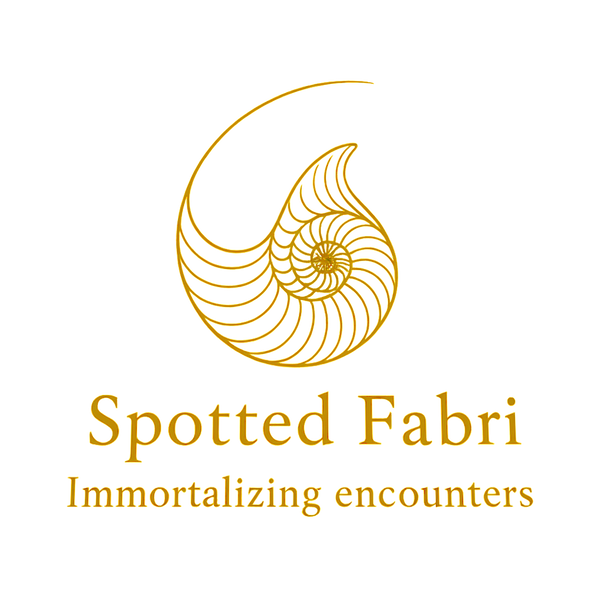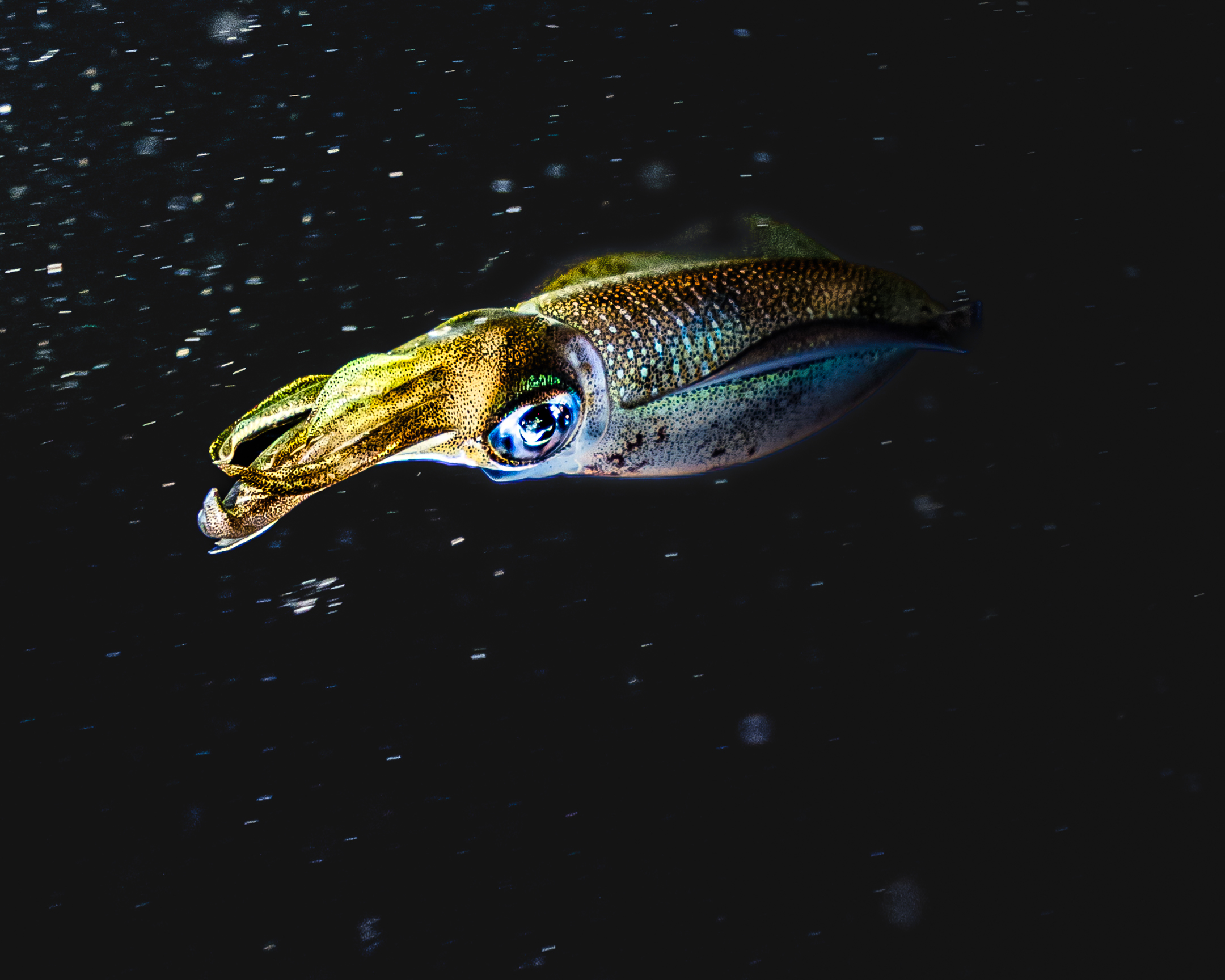
by Spotted Fabri
The night of the Great Barrier Reef is something out of this world.
What I see every day in the water during daylight is already magical—but at night, it becomes something else entirely. A delicate dance between stillness and chaos. A world where everything seems to move on tiptoes or fall into deep sleep. As if the laws of the sea change with the light.
That night, everything felt suspended in time. The first creature to greet me was a strawberry squid, glowing in shifting colors like a galaxy compressed into one being. It was curious about my light, dancing gently around me, not fleeing but staying. For me, when an animal chooses to stay—when there is no harm, no invasion—it becomes a dream. A gift.
Below us, the corals were glowing.
But something felt different. Even when the light wasn’t hitting them, some shimmered quietly. Others, though, looked pale. Ghostly. White. That’s when I realized: we were diving during a bleaching event.
Coral bleaching happens when the water gets too warm. Corals get stressed and expel the tiny algae that live inside them. These algae are what give them color and energy. Without them, the coral turns white. Still alive, yes—but weak. Vulnerable.
Even in that state, the reef looked beautiful. But it wasn’t the kind of beauty we want. We don’t want white and blue emptiness. We want reds, greens, maroons, violets, yellows. We want healthy algae blooming and bringing more color, more life, more hope.
Because when the reef thrives, everything thrives. And when it suffers, the whole ocean holds its breath.

That night, even the turtles and sharks felt different. They roamed as if in a dream, almost sleepwalking through the dark in slow search of food. One of my favorite moments was inside a wreck, where they were just chilling, floating calmly like old captains of a sunken ship.
I had been using only the full moonlight, but at one point, I turned on my light and pointed it to the surface. The beam reflected back with a ripple effect, like when pool water dances on the walls. It illuminated the whole scene without disturbing the animals. It was pure magic.
And then came the moment that broke and healed my heart at once.
An eagle ray appeared. But not just any ray—a very special one. A year before, on my first day at Heron Island, I had met a ray with a badly damaged fin. It still moved fast, still danced, but I could feel its struggle. My heart ached. I felt powerless.
Now, one year later, I believe I saw her again. Same scars. Same playful moves. But this time, her fin looked stronger. She was healthier. She stayed with me for over an hour, showing off her beautiful patterns, her grace.
It reminded me that nature can recover—if we let it.
All of this, in just one night. So many feelings. So many stories.
The Great Barrier Reef is one of the most incredible places on Earth. But it’s also one of the most vulnerable. Climate change is warming the oceans, and with every degree, coral reefs are pushed closer to the edge.
This isn’t just about colors. It’s about life. Entire ecosystems depend on healthy reefs—turtles, fish, rays, even us.
If you’re a diver, an ocean lover, or just someone who cares, I invite you to learn more. Speak up. Support those who are working to protect these fragile worlds.
A great place to start is @climatefordivers—a platform helping divers become climate advocates. They share knowledge, tools, and ways we can all take action to protect the ocean we love so much.
pd:
Yes, I also met small creatures and captured moments you can see in the photos—but honestly, everything was too much for words. Even writing this makes me dream again about that night.
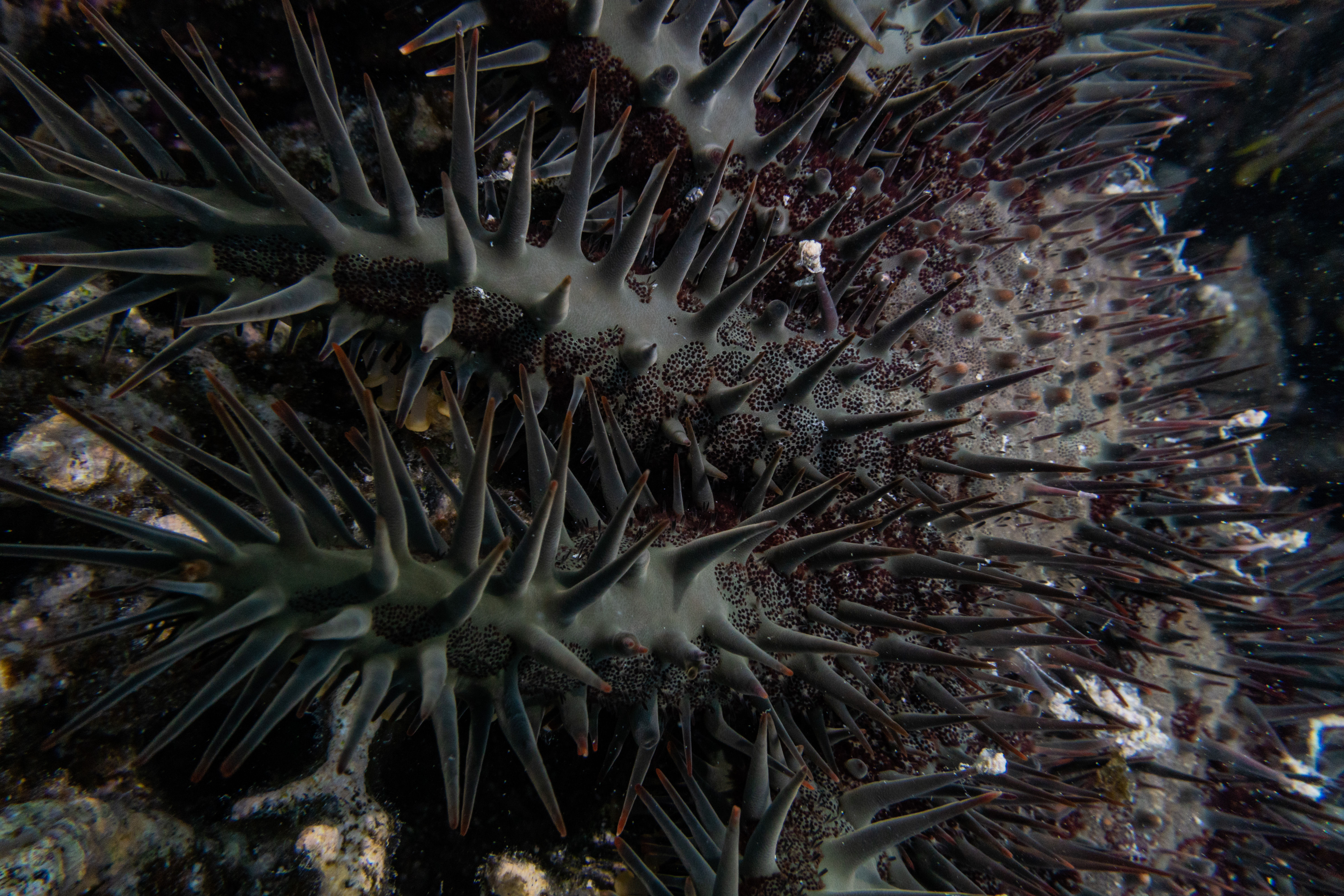
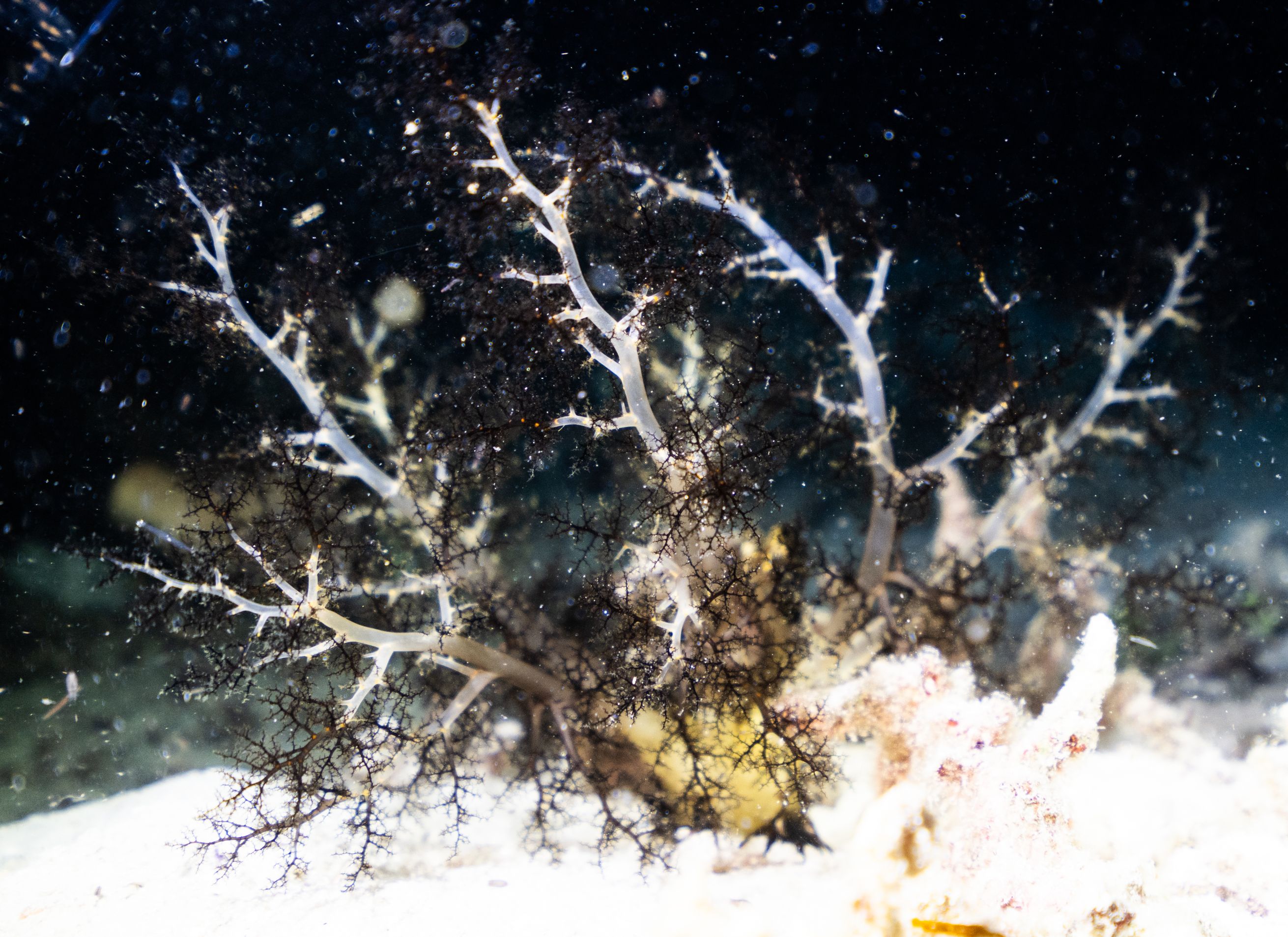
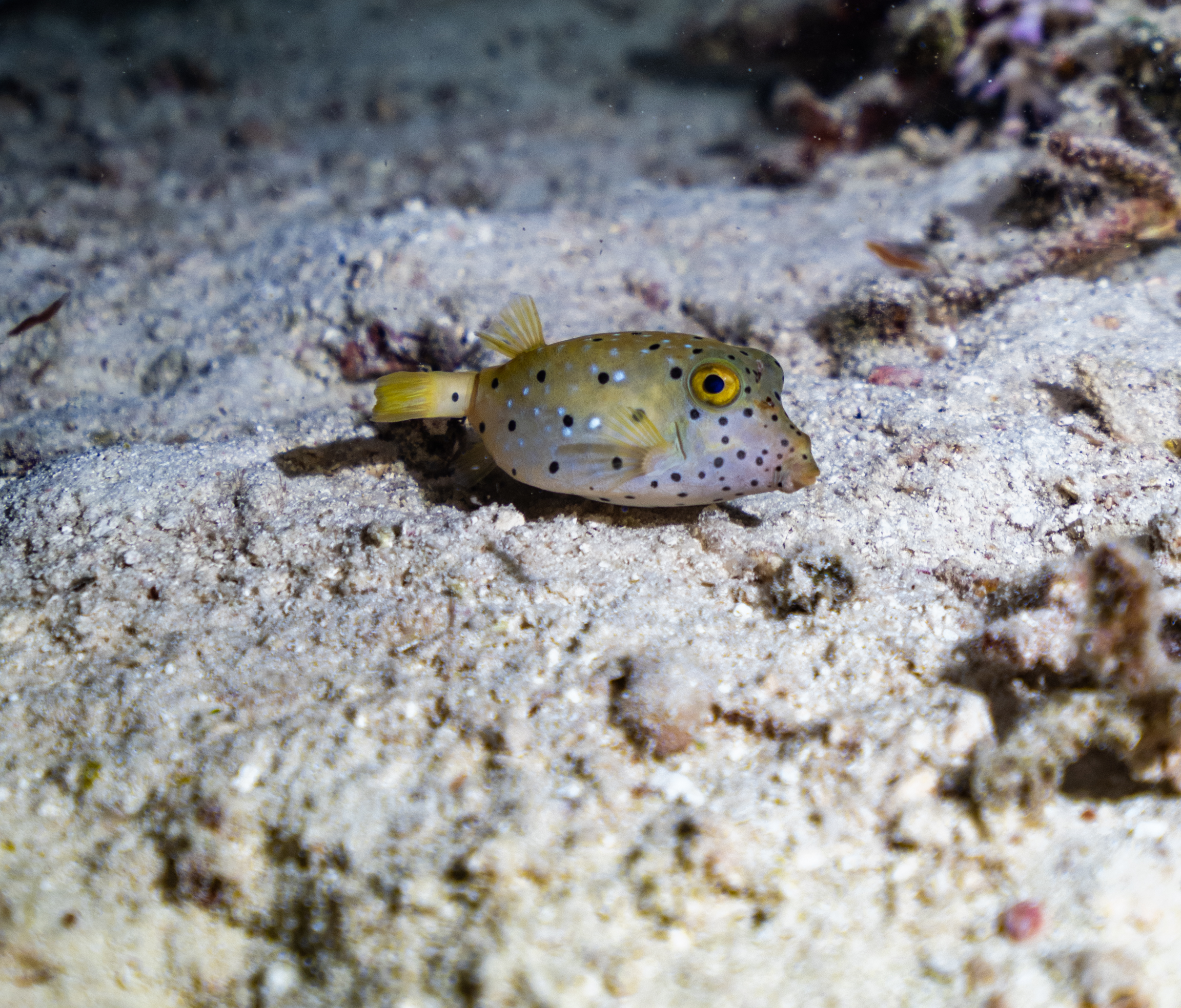
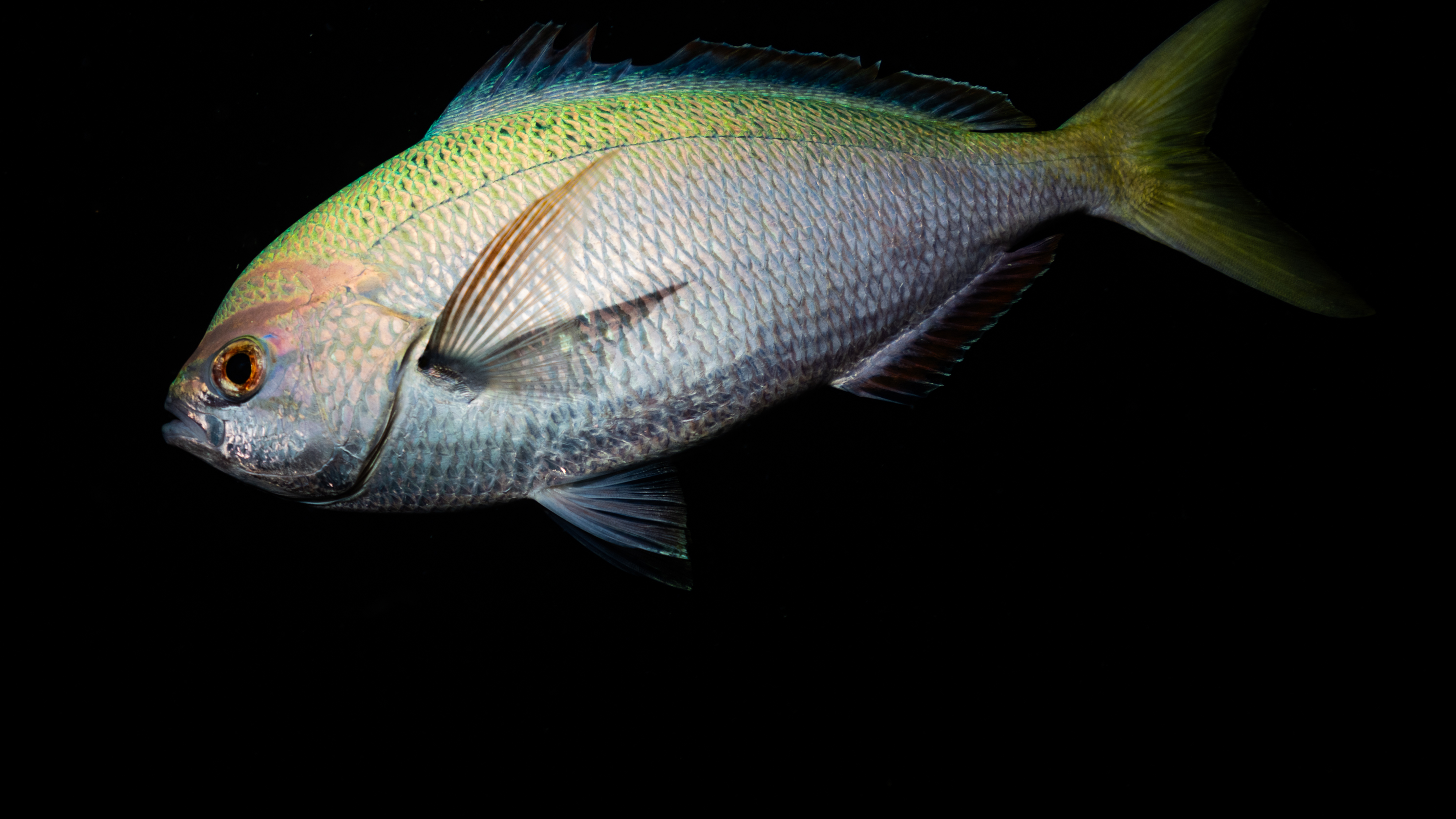
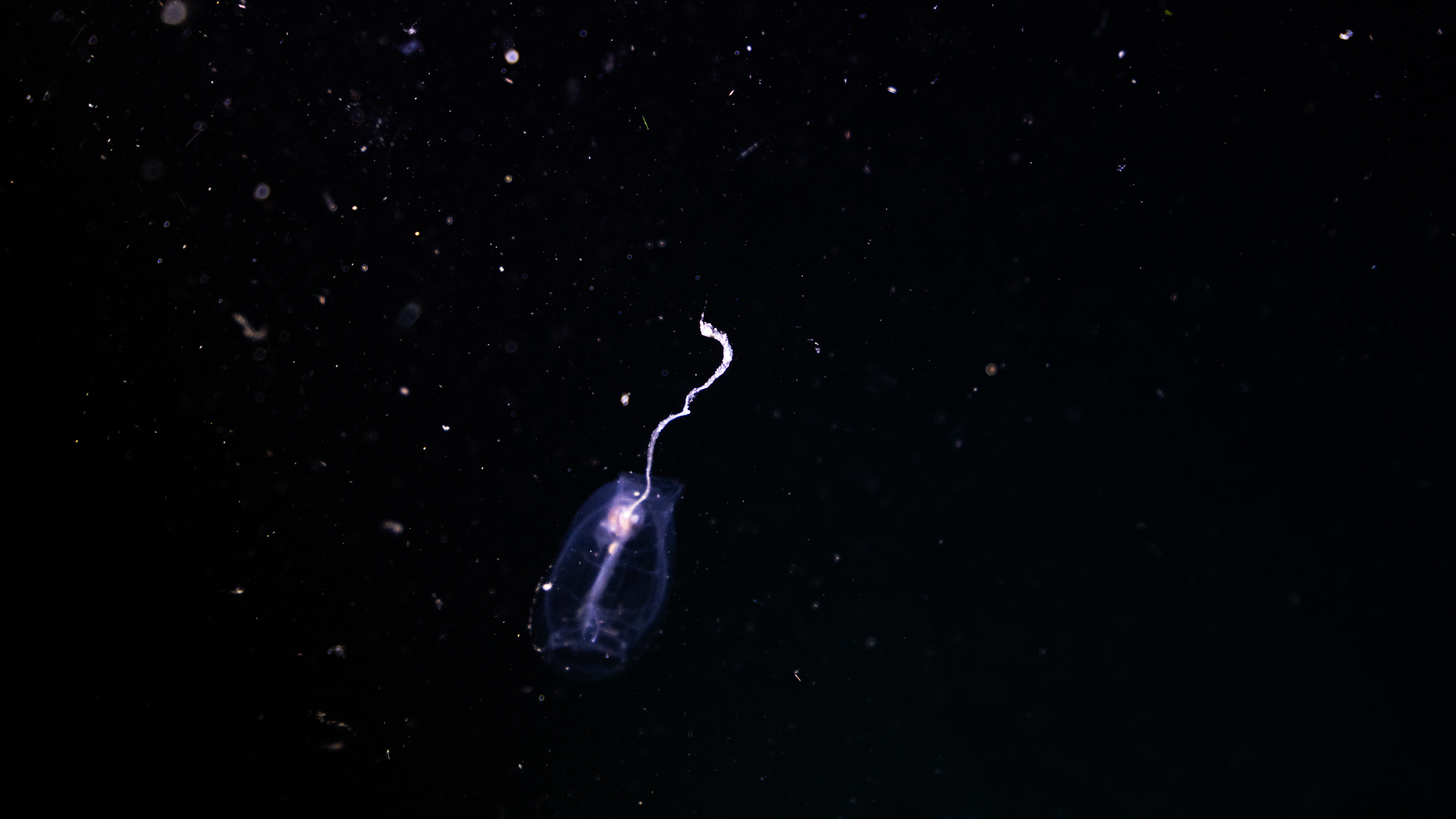
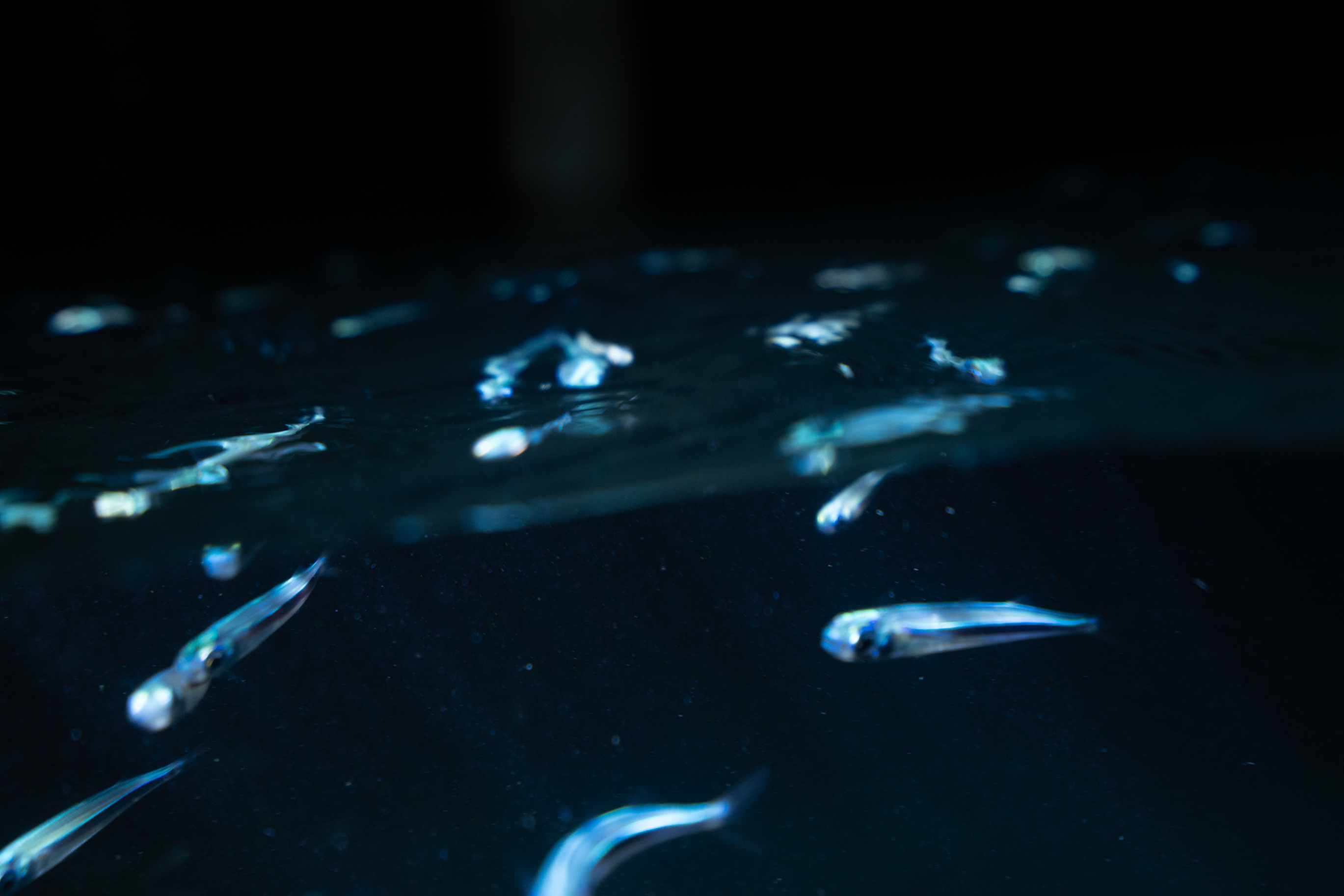
Because the ocean needs us.
And we need the ocean.
Thank you, Heron Island.
Thank you, Great Barrier Reef.
Spotted Fabri
For glowing corals print, click here
